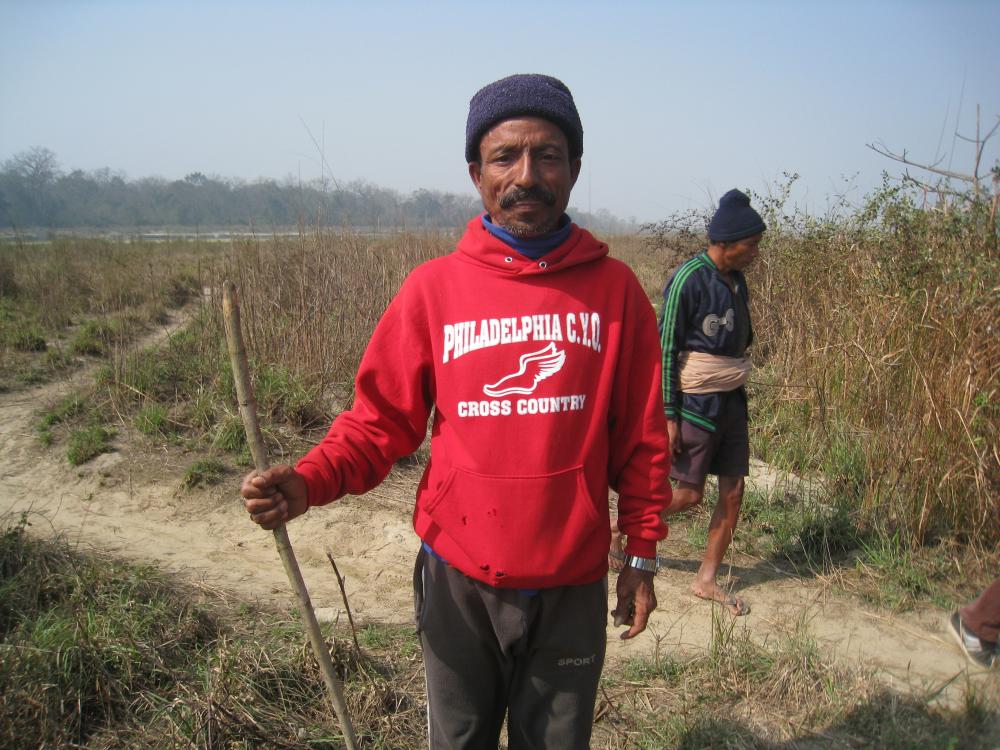Posted 01/17/13
If we change the way we ask about the attitude of people to protected areas, do we get new insights that help us to create more effective conservation policies? Teri Allendorf asked that question when she studied the relationships between local communities and protected areas in Nepal and Burma. She found that people had a mix of positive and negative perceptions Teri is now developing ways to predict these relationships with the goal of more effective implementations of conservation policy.

The effectiveness of protected areas is linked to the attitude of the people living near these protected areas. Teri Allendorf, a researcher at the SILVIS-lab, is interested in understanding the relationship between local communities and protected areas to more effectively protect protected areas in Asia. However, in contrast to research on park-people relationships that primarily focuses on negative aspects, she uses a different approach. As Teri says, ‘If you only ask for the bad things you only get to know the bad things.’ To overcome this issue, Teri started with very basic questions like ‘What are the benefits of the protected area? What are the problems? What do you like or dislike about the protected area?’ She found that to some extent she found what she expected based on what she experienced during Peace Corps in Nepal: ‘When we evaluated the interviews, we often found ambivalent relationships of people to their protected areas. People do not like that the protected areas in their neighborhood have restricted or sometimes even denied them access. However, on the other hand they also appreciate that the area conserves wildlife and provides ecosystem services, such as clear air and water. They also often recognize that if the area wasn’t protected, the overuse of that area would turn it into an area that they also would not want’.

Asking her what motivated her to join the SILVIS lab, which often carries out research that is very different, she responded that she believes that knowing in advance about the attitude of people to conservation could help to determine areas of conservation in which a certain policy is more likely to be effective. Working with the SILVIS lab and its expertise in spatial modeling she hopes to develop spatial models that could highlight such areas. ‘Ultimately, we want our conservation efforts to be successful. Considering how people think about protected areas can help us to much more effectively allocate resources for protected areas’.”
Story by Matthias Baumann
